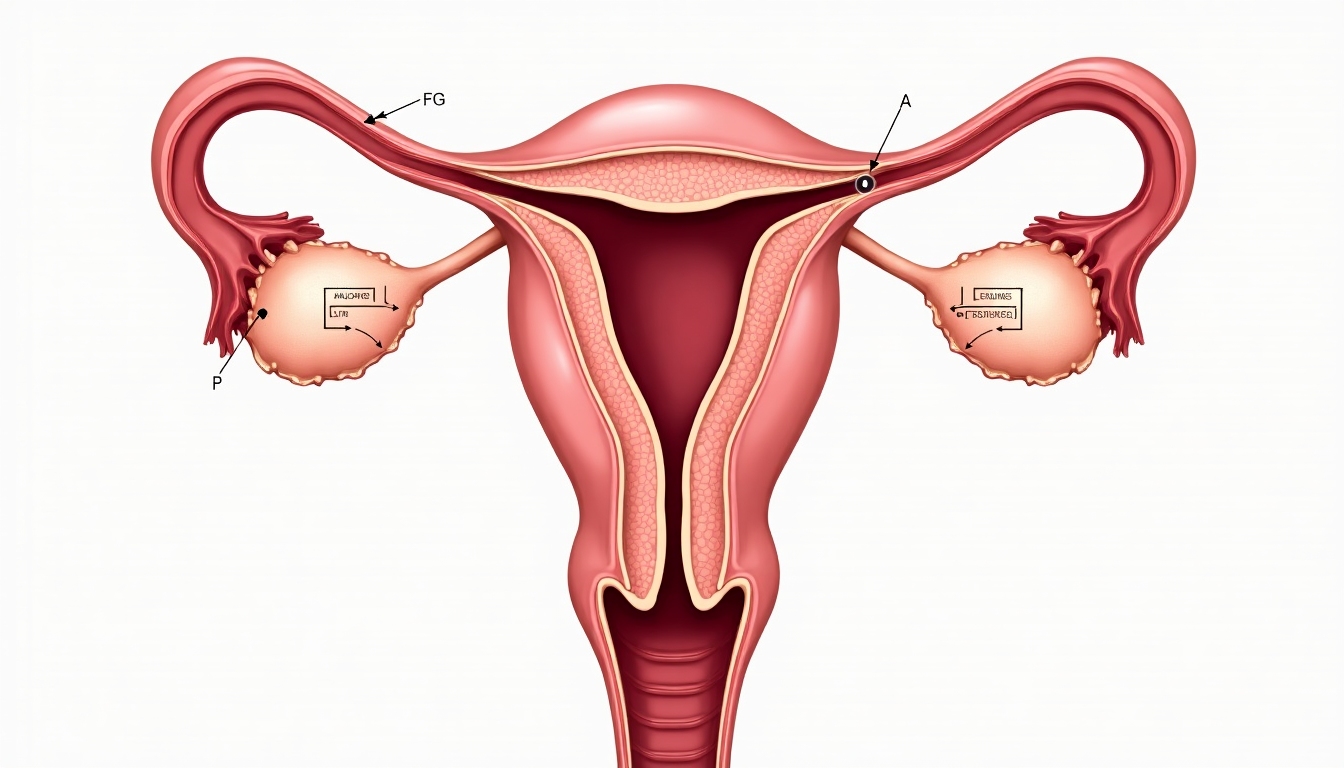Treatment Options for Tubal Infertility
Feb. 20, 2025, 5:05 p.m.
Understanding Tubal Infertility
Tubal infertility affects countless women worldwide, yet the good news is that numerous treatment options exist for addressing this issue effectively. By addressing blocked or damaged Fallopian tubes, couples can increase their chances of conception significantly.

Common Causes of Tubal Infertility
Tubal infertility arises when the Fallopian tubes are blocked or damaged, preventing the egg and sperm from meeting. The blockage can result from pelvic infections, endometriosis, or surgical scarring. Recognizing these causes is the first step in addressing the issue.
| Cause | Description |
|---|---|
| Pelvic infections | These can cause scarring or damage to Fallopian tubes, limiting their function. |
| Endometriosis | This condition involves tissue growth outside the uterus, potentially affecting the tubes. |
| Previous surgeries | Scarring from surgeries in the pelvic area may obstruct or damage the tubes. |

Treatment Options for Tubal Infertility
Healthcare professionals often recommend personalized treatments depending on the blockage's severity and underlying causes. The primary treatment options include:
- Tuboplasty: A surgical procedure aimed at repair or removal of blockages.
- In Vitro Fertilization (IVF): Directly retrieves eggs and facilitates conception outside the body, bypassing the tubes.

Lifestyle Decisions and Alternatives
In many cases, lifestyle choices can enhance treatment outcomes. Adopting a balanced diet, regular physical activity, and stress management techniques benefit overall reproductive health.
Summary
Treating tubal infertility can be a journey requiring patience and tailored approaches. Consulting with experienced medical professionals ensures the best choices aligned with individual needs. For couples enduring female infertility challenges, a thoughtful combination of medical interventions and lifestyle adjustments offers hope for fulfilling their dreams of parenthood.